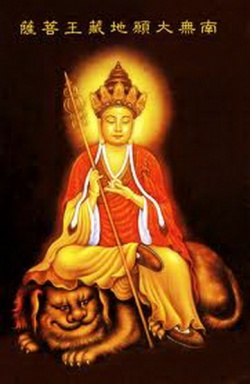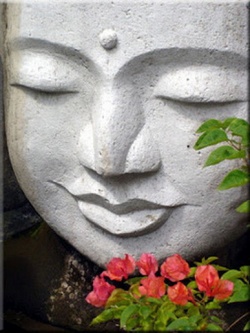Here is your brief notes on Generality or Samanya
Things of a certain class bear a common name because they possess a common nature. Men, cows and swans have, severally, something in common on account of which they bear these general names.
The thought of what they have in common, is called a general idea or class-concept. Now the question is: what is it that they have in common?
Or, what is the something that is common in them, and is the ground of their being brought less than one class and called by the same name?
The first answer, which is only provisional, is that it is the class-essence corresponding to the class-concept.
The Nyaya-Vaisesikas would say that it is their samanya or generality. Or, in the words of modern Western philosophers, it is the 'universal' in them. Hence the previous question leads to a second, viz. what is samanya or the universal?
There are three main views of the universal or the class essence in Indian philosophy. In the Buddhist philosophy we have the nominalistic view.
According to it, the individual (svalaksana) alone is real and there is no class or universal other than the particular objects of experience.
The idea of sameness that we may have with regard to a number of individuals of a certain character is due to their being called by the same name.
It is only the name that is general, and the name does not stand for any positive essence that is present in all the individuals. It means only that the individuals called by one name are different from those to which a different name is given.
Thus certain animals are called cow, not because they possess any common essence but because they are different from all animals that are not cows. So there is no universal but the name with a negative connotation.
The Jainas" and the Advaita Vedantins adopt the conceptualistic view of the universal. According to them, the universal does not stand for any independent entity over and above the individuals.
On the other hand, it is constituted by the essential common attributes of all the individuals. So the universal is not separate from the individuals but is identical with them in point of existence.
The universal and the individual are related by way of identity. The universal has existence not in our mind only but also in the particular objects of experience.
It does not however come to them from outside and is not anything like a separate 'essence' but is only their common nature.
The Nyaya-Vaisesikas enunciate the realistic theory of the universal. According to them, universals are eternal (nitya) entities which are distinct from, but inhere in, many individuals (anekanugata).
There is the same (eka) universal in all the individuals of a class. The universal is the basis of the notion of sameness that we have with regard to all the individuals of a certain class.
It is because there is one common essence present in different individuals that they are brought under a class and thought of as essentially the same thus samanya or the universal a real entity which corresponds to a general idea or class- concept in our mind.
Some of the modern realists also hold that a 'universal is an eternal timeless entity which may be shared by many particulars'. They agree further with the Naiyayikas in maintaining that universals do not come under existence (satta).
These do not exist in time and space, but have being and subsist in substance, attribute and action (dravyaguna-karmavrtu). There is no universal subsisting in another universal, because there is but one single universal for one class of objects.
If there are two or more universals in the same class of things, then they would exhibit contrary and even contradictory natures and we could not classify them one way or the other. The same individuals could have been men and cows at the same time.
In respect of their scope or extent, universals may be distinguished into para or the highest and all-pervading, apara or the lowest, and the parapara or the intermediate. Being-hood' (satta) is the highest universal, since all other universals come under it.
Jar-ness (ghatatva) as the universal present in all jars is apara or the lowest, since it has the most limited or the narrowest extent. Substantiality or thing-hood (dravyatva) as another universal is parapara or the intermediate between the highest and the lowest.
It is para or wider in relation to substances like earth, water, ete. And apara or narrower in relation to the universal 'being- hood' which belongs to substance, quality and action.


